Hidden Meanings in Chinese Art
By Gemexi Team | Jewelry- Updated On Jan 24, 2019
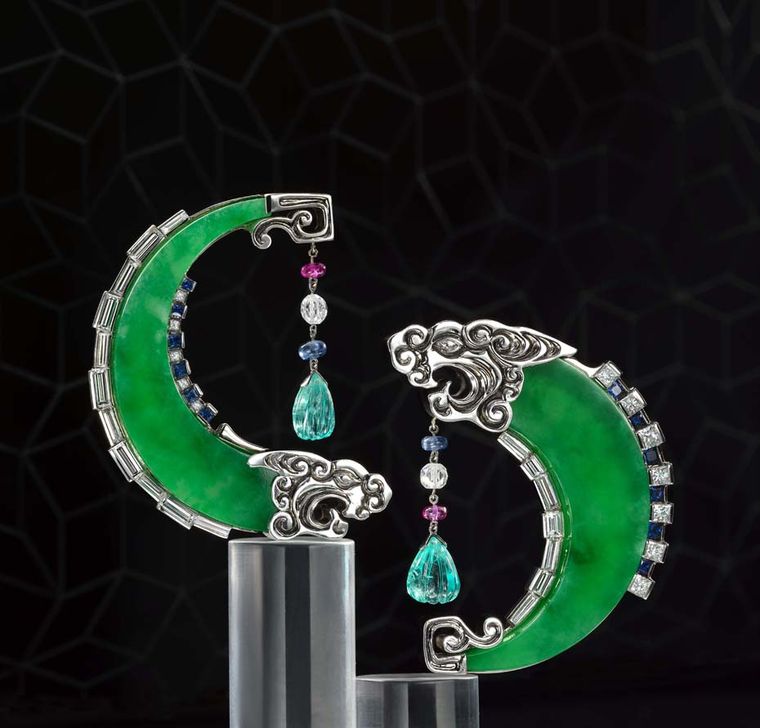
The tradition of fabricating jewelry is from the ages of the Neolithic period when folks wear jade animal pendants as talismanic properties in the culture of China. The alterations in the type of jewelry occur within the last few thousand years, as men’s belts now have jade clasp buckles.
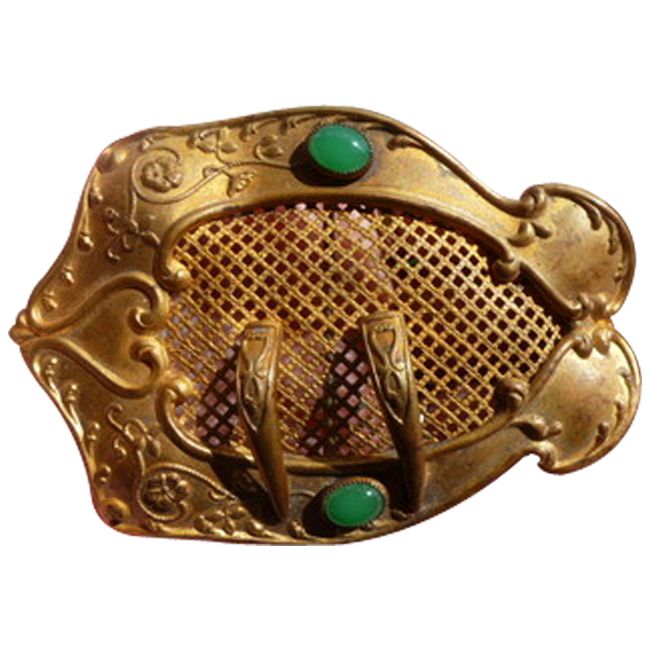
While on the other hand women hairpins now come in a mixture of gold beaded ornamental pins. The fine as well as dominant form of Chinese jewelry falls under the category of pendants and hairpins. For the last thousand years, the prongs of the female hairpins were sometimes gilded in silver. Further, the space betwixt the prongs holds the work of gold or gold beadings which is too known as granulation.
The ancient patterns use the bird motifs that are furthermore embellished with pearls or other gems. People who are the member of the court mostly worn the gold cartouche preferably brooches of rectangular or square shapes. Moreover, on these brooches the images of dragons were carved out. In the traditions, the ornaments of solid gold were too pop and were particularly worn by the adult females. Women use this solid gold in the form of bands or armlets.

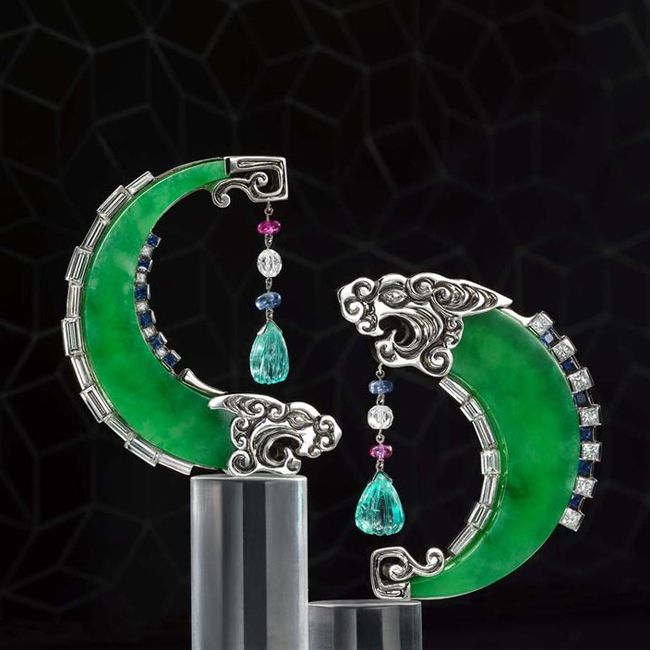
Today, the Chinese jewelry is inspired by the bijouterie made in the Victorian Era. These magnificent regalia are mostly fabricated to export to the markets of the west. Jade gemstone is the hallmark of Chinese jewelry as jewelers prefer to use jade in most of their inventions.
Coral is another precious nugget used by the Chinese jewelers as they carved these stones in the figure of beasts as well as blooms. The winsome jewelry too uses cinnabar as a design or the finish of lacquer ware in Bengals furthermore pendants. Ox bone is too used by the Chinese jewelers in the fashion of openwork earrings also as the beadings on necklaces.

Chinese ornaments are also used as the objects of adornment and believed to create yin/yang energies. The jewels are the exquisite puzzles as they possess the qualities of the mineral Jade. Jade color, as well as properties too, differs from their region of extraction. Burma produces the emerald-green color of Jade.
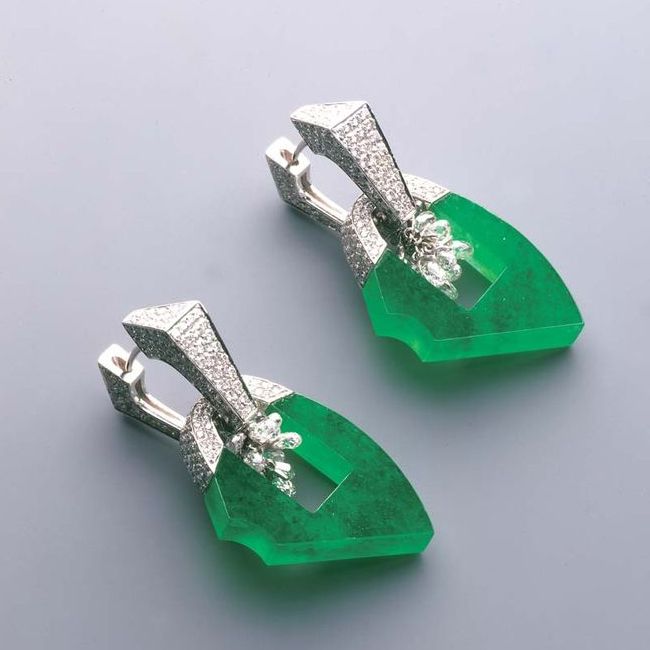
Nephrite is the most common mineral found in the regions of Burma and often ranges from off-whites tints to the shades of sage greens. In the traditions of the China Jade is associated with the spiritual realms for its effectual healing properties.
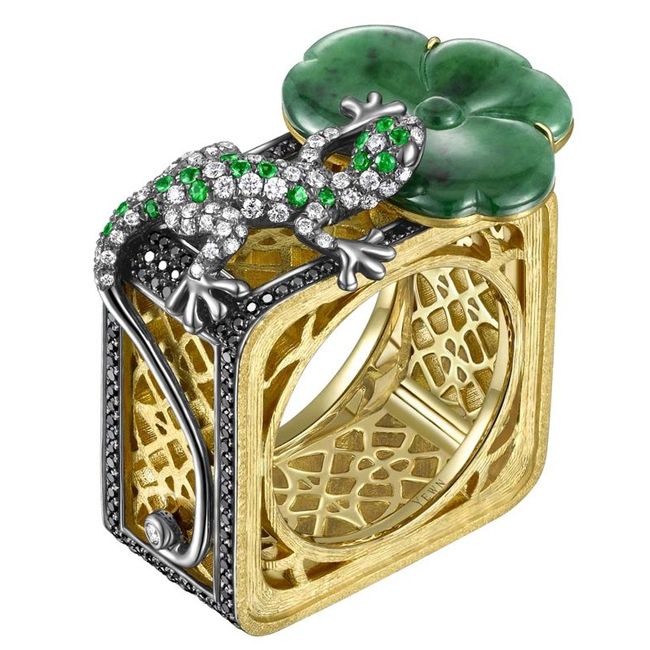
In today’s era, the Chinese carved nuggets are the symbol of earthly divertissement that is predisposed to hold the grounding energies of the earth. The visual images and symbols used in jewelry ornaments are linked to various beliefs. The artworks like catfish signify a happy marriage, kingfishers symbolize longevity. Furthermore, the Lotus denotes harmony. The beliefs of the Chinese forefather still hold the strength as their credence’s can be seen till the date in the form of the symbols used in the Chinese jewelry.
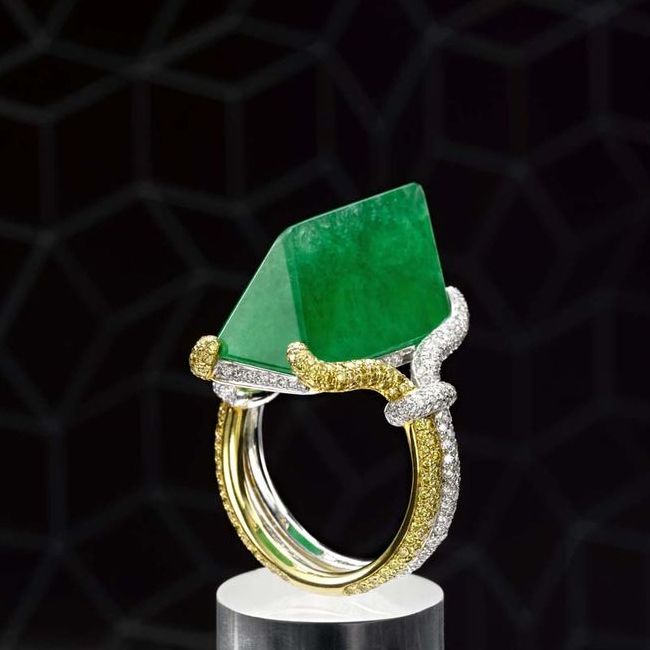
Two cats symbolize marital fidelity, as well as the bat on one of the cat's backs, stands for blessings. The mutton fat jade that resembles an open box and a lotus flower symbolize the harmonious marriage and is gifted to the newlyweds. On the other hand, Peony is a symbol of wealth, and the Carved Nephrite lock pendants are for the protection of the infants from the evil eye. Inscriptions of bats and peaches signify the auspicious concepts of blessings as well as longevity. Drawings of heart, sheep as well as of an eyeball on the Chinese ornaments represent love.
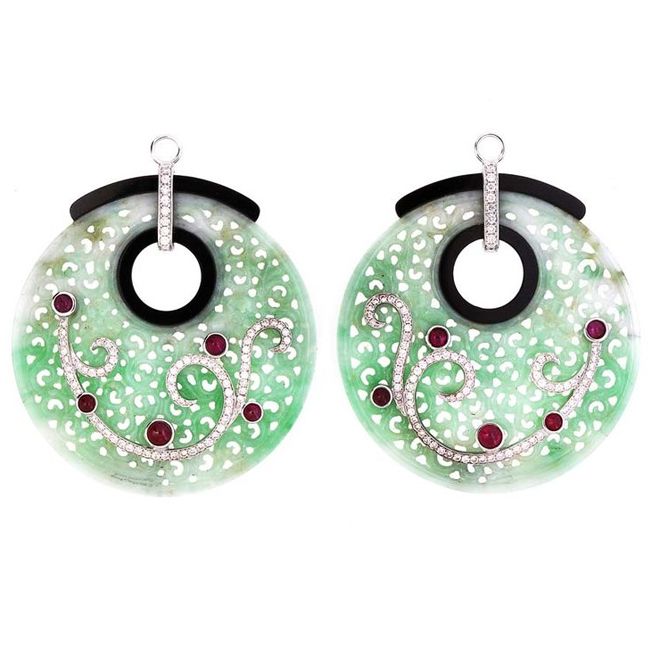
In Chinese traditions, Chinese jewelry with the inclusion of Jade contemplates as a mark of major family events such as a wedding or a child’s birth. The iconography of vehicles in jewelry expresses best wishes along with the optimistic emotions. Jujubes and peanuts, when carved on agate, symbolize fertility as”jujubes” according to Chinese tradition signifies the arrival of a son.
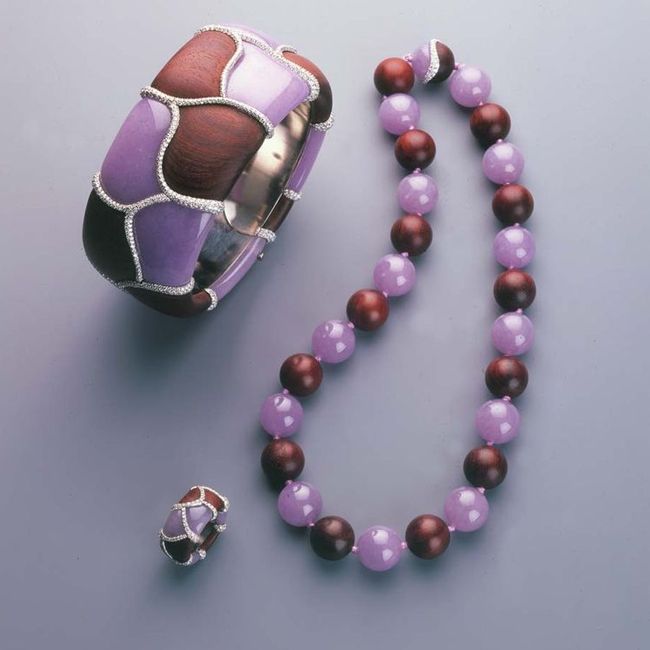








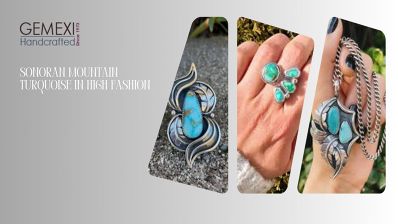
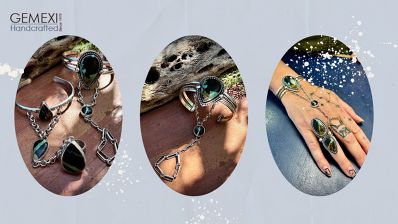
0 Comments
Write Comments